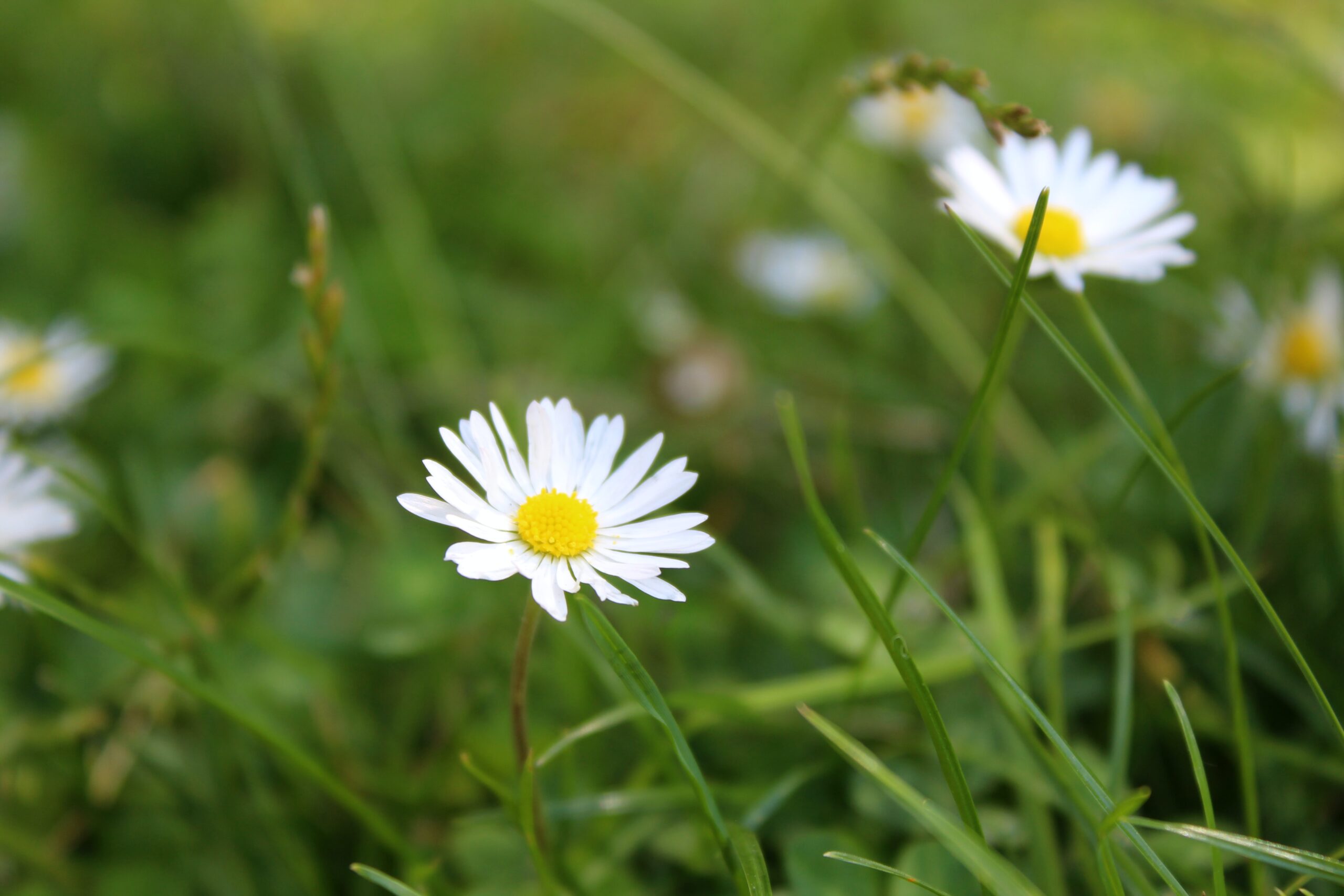The temperature is rising, and we are starting to spend more time outside. Playing kubb in the grass, celebrating midsummer, and hiking in nature isn’t just fun, but also makes you vulnerable to one of the smallest and most typical summer period animals in Sweden – ticks.
The tick looks like a small 1-4-millimeter-long spider, to which it’s related to, and can live up to 2-3 years. If you are a dog or cat owner, you must know that the tick doesn’t just suck blood out of humans but also animals. You won’t feel the tick bite, which makes it very important to regularly do a check on your body for black dots. Ticks like areas like armpits, navel, between toes, groins, and behind the ears – but also more vulnerable areas like the stomach, legs, and arms. If you have been outside all day, do a body scan before going to bed or jumping into the shower – make it a routine from now on until late fall.
The tick itself isn’t dangerous but may be carrying diseases that affect humans, for example Borrelia and TBE. A symptom of Borrelia is that the skin around the spot where the tick bit you turns red or gets a red circle around it. The symptoms can appear one to four weeks from the bite and if you develop them, make sure to contact health care. TBE gives flu-like symptoms, and for some the illness stops there while for others it can lead to meningitis. This is also why it’s very important to keep track of when you got bitten by a tick, your symptoms afterwards, and calling health care. For those who get TBE it can take a while before you feel better again, and some get remaining effects like headache, tiredness, and some even get nerve damage that leads to palsy.
There’s no medicine for TBE, but there’s a vaccine. If you know that you are living or traveling in TBE risk areas in Sweden it might be an extra good idea to take a shot. Some of the risk areas are Stockholm, coast lines and archipelagos, and the south and west of Vättern (Jönköping). The tick usually enjoys hanging out in the grass, so beware of high blade grass areas. Still, you don’t have to avoid spending time in these areas, you just must be aware that you might attract the ticks.
So, what ticks are good for? What are they bringing to nature and the ecosystem? Well, the answer is simple: they are good at being just ticks. Except for being food for example birds, frogs, and spiders, being itself is their main role in nature. The ticks won’t leave us this year, we must share nature with them. But one body scan a day, may keep TBE and Borrelia away.
For more information, visit: 1177 (English) and Fästing.nu (Swedish).


